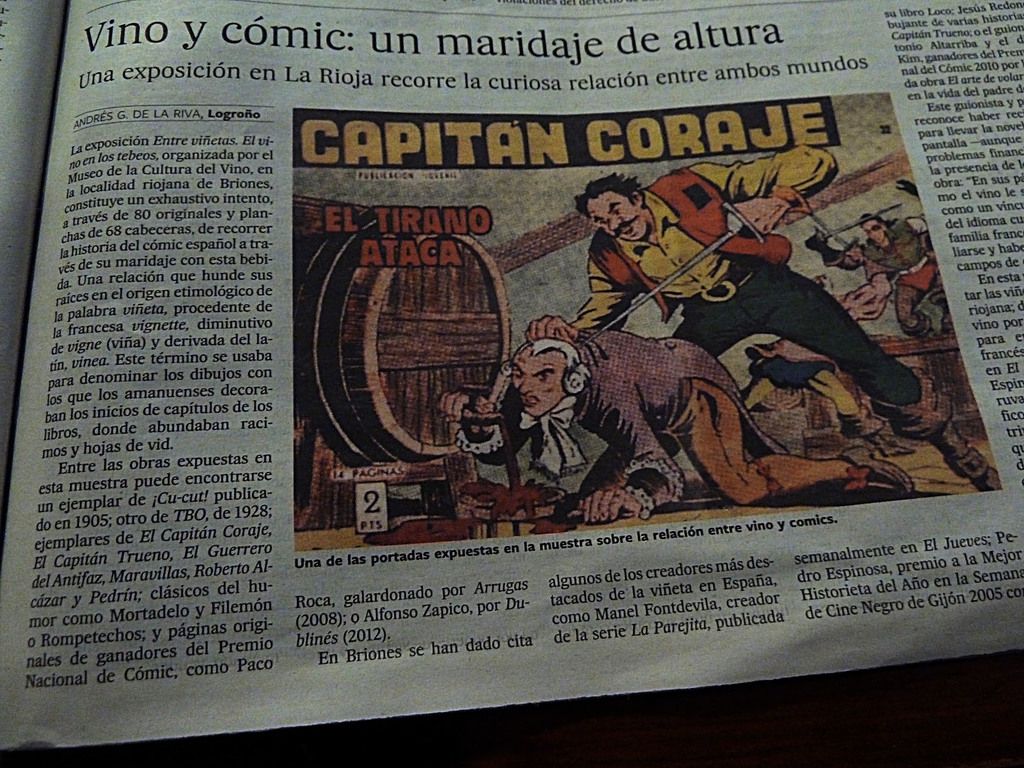Differences Among Antique, Vintage, and Retro: Clarifying Their Meanings and Implications for Your Style Choices
In the realm of interior design, the distinctions between 'antique', 'vintage', and 'retro' are debate-stirring subjects. Nevertheless, this piece seeks to clarify those differences, offering guidelines for understanding and embracing these labels as they evolve with time and trends.
Experts from the field, such as Virginia Chamlee, have defined these terms as follows:
- 'Antique': An item older than a century, with its definition somewhat set in stone. As time passes, new designs will gradually be classified as antiques. For example, pieces from Art Nouveau, a period spanning from the late 1800s to the 1920s, would now be considered antique. While older in age, antique decor can still find a home in contemporary design, adding historical charm and authenticity.
- 'Vintage': While there may be slight variations in definitions (some experts say 25 to 30 years old), vintage generally refers to items produced more than 20 years ago. This makes pieces from the early 2000s officially vintage. Vintage design often carries the story of the 20th century, particularly post-World War, when European countries embraced simplicity and function in their creative rebuilding process. In interior design, mid-century modern interiors, 70s color palettes, and nostalgia-inducing blends of antique, vintage, and contemporary pieces are popular choices.
- 'Retro': Unlike antique and vintage, retro is less focused on age and more on aesthetics. Retro design is about intentionally reviving the style of a previous era, such as the 1950s, through bold colors, spirited patterns, and materials like vinyl and chrome. Modern retro decor is not bound by age; it's more about energy and capturing the optimism of mid-century culture, all while adding a touch of industrial nostalgia.
To create captivating, dynamic interiors, experts recommend blending these styles together. The contrast between old and new, antique and retro, creates visual intrigue and enhances a space’s overall character. The key, however, is to maintain harmony and balance, utilizing a range of colors and pieces that complement one another without creating a space that feels too drenched in a single era.
By understanding the nuances between 'antique', 'vintage', and 'retro', interior design enthusiasts can more confidently navigate the thrifting process, seeking out pieces that tell a story and add depth, character, and visual interest to their living spaces.
- Incorporating antique furniture into the living room can bring historical charm and authenticity to contemporary interior design, blending the old with the new.
- Vintage interior-design, such as mid-century modern interiors and 70s color palettes, often carries the story of the 20th century, adding a touch of nostalgia to a lifestyle choice.
- Scandinavian living room decor, with its minimalist and functional approach, can be enhanced by the inclusion of both vintage and retro furniture pieces, creating visual intrigue.
- The color scheme in home-and-garden design can be influenced by retro trends, with bold colors and spirited patterns evoking the optimism of mid-century culture.
- When designing interiors, experts suggest balancing antique, vintage, and retro furniture pieces to create a harmonious atmosphere, while also maintaining a sense of connection with the trends in art, lifestyle, and interior design.








